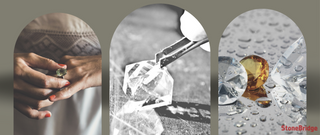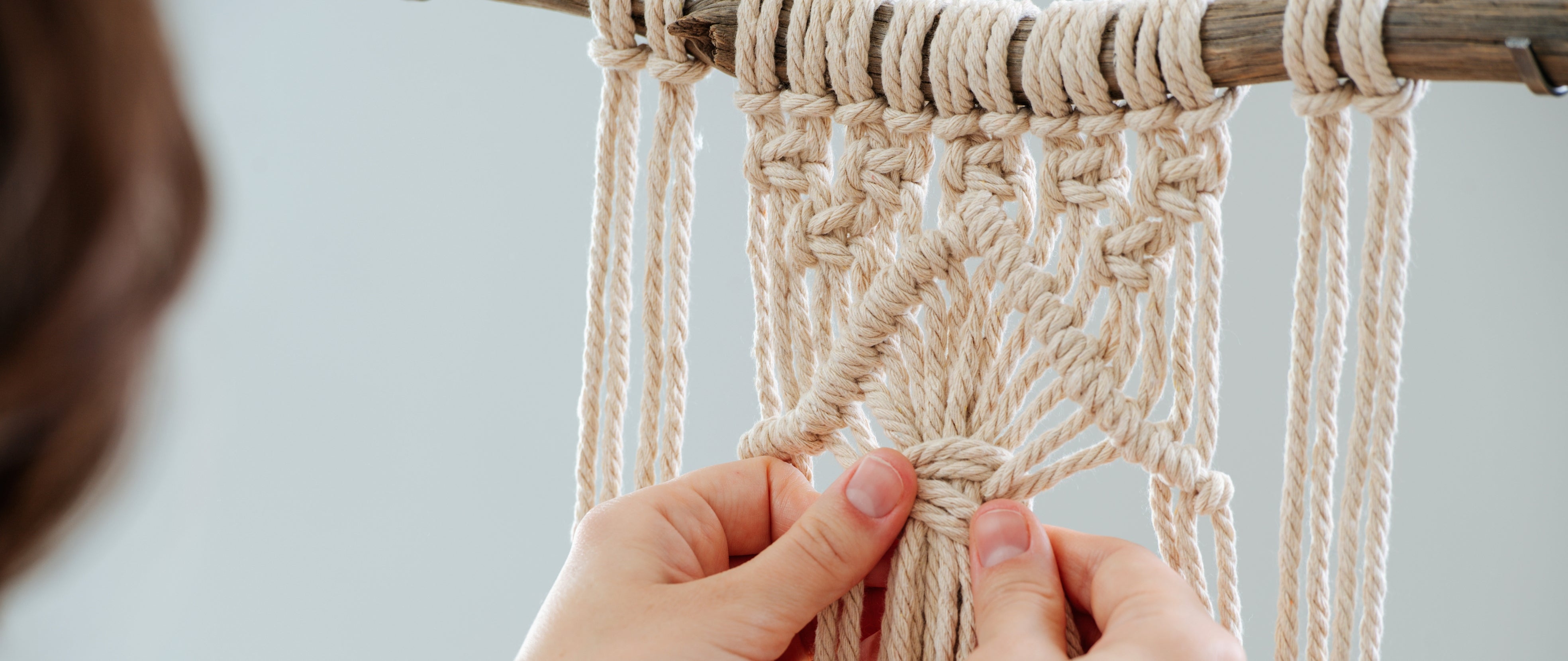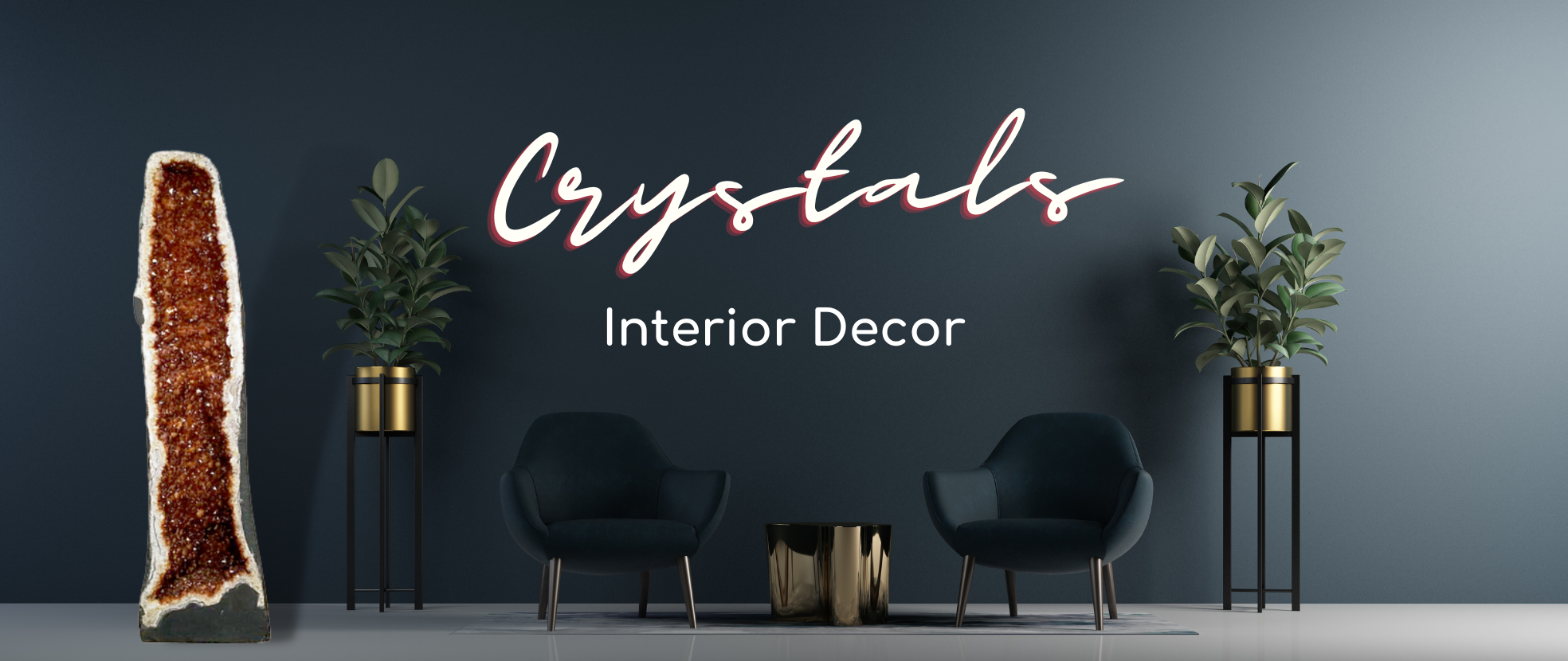People would often rave about the gorgeous play of colours and healing powers when they talk about their favourite gemstones. But what about a stone's durability and wearability features?
Now before you think of these 2 terms as too technical for shop talks, know that durability and wearability are key characteristics that all gem enthusiasts must be aware of. These are the key deciding factors one has to consider when choosing gems for a specific purpose.
Sure, they sound like topics only hardcore gemologists understand. But a basic knowledge of what (literally) makes or breaks a gemstone will help rock shop owners, gem collectors, jewelry designers, and craft makers care for their stones better and preserve their quality.
Let's dig a little deeper into gemstone durability and wearability, then find out what you can do to protect your prized gems from damage.
What Is Gem Durability?
In essence, durability refers to a stone's capacity to resist inevitable wear and tear caused by light, heat, chemicals, and humidity. Not all gems are created equal. As all gemstones vary in chemical and physical properties, so do they differ in their degree of durability.
In other words, gems respond to external stressors in different ways.
A stone's durability is assessed using 3 factors: hardness, toughness, and stability. Let's take a look at each of these factors.
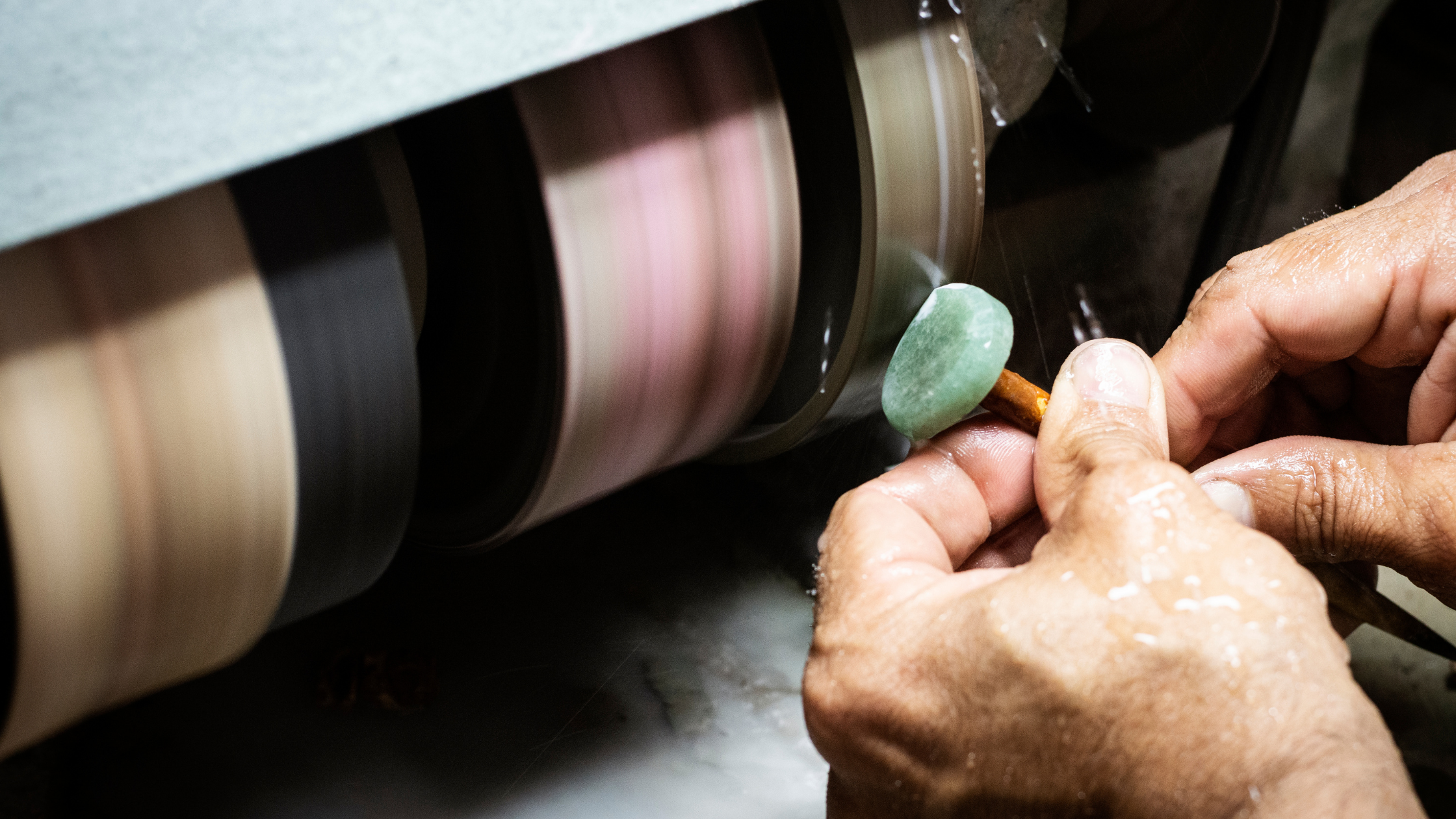
1. Hardness
This refers to a stone's ability to resist abrasions and scratches. Hardness is determined by the bond of the atoms that constitute a gem's crystal structure.
The stronger the bonding is, the less likely the layers of atoms at the surface of a gem can be separated when pressure is applied with another gem material.
Gem hardness is measured through the Mohs scale, a 150-year-old scale created by German mineralogist Frederick Mohs in 1822. A universally used scale, it ranks gemstones according to their scratch resistance, with 1 being the softest and 10 the hardest. The scale also indicates that a harder mineral will scratch a softer mineral, but not the other way around.
These are the 10 standard minerals used in the Mohs hardness scale (in increasing order of hardness):
Soft minerals
- 1 - Talc (softest)
- 2 - Gypsum
- 3 - Calcite
- 4 - Fluorite
- 5 - Apatite
Hard minerals
- 6 - Feldspar
- 7 - Quartz, garnet, and tourmaline
- 8 - Emerald, spinel, and topaz
- 9 - Ruby and sapphire
- 10 - Diamond (hardest)
Why these 10 minerals? Because they are widely available, and every specimen of the above minerals display constant hardness.
To give you an idea of how hard these minerals are in relation to their ratings, here's a comparison of each rating with some hard objects you commonly see in your surroundings:
- Chalk - 1
- Fingernail - 2.5
- Copper - 3
- Penny - 4
- Iron nail - 4.5
- Glass - 5.5
- Knife blade - 6
- Steel file - 6.5
- Streak plate - 6.5 - 7
- Sandpaper - 9
Considering scratch resistance, looking at the scale tells you that only a diamond can scratch a diamond since no stone is harder than it. Corundum gems ruby and sapphire can scratch themselves as well as emerald, spinel, topaz (8), and other softer specimens.
So how do these hardness values shape my choice of stones?
In application, gems rated 7 or more in the Mohs scale are a great material for jewelry. And you should avoid storing a diamond next to a ruby, or a quartz next to a feldspar, to prevent scratching the softer gem.
As a rule of thumb, always remember that each of the minerals on the scale can be scratched by the ones above it and will scratch those below it.
Another important thing to remember in this scale is the hardness rating 7 and quartz. Quartz is the most abundant mineral on earth. Tiny particles of quartz are present in the air. In fact, quartz makes up most of the dust in the air. So gems with a rating lower than 7 will be easily scratched by dust.
To prevent scratching your stones, rinse them in water first before wiping them with a microfibre cloth.
2. Toughness
On the other hand, toughness describes how well a gemstone can withstand breaking, chipping or being deformed as a result of mechanical shock (i.e., breaking, bumping, knocking, and crushing). Gem toughness is classified as poor, fair, good, excellent, and exceptional.
Toughness depends on the internal structure of a stone. For example, crystals like amethyst are considered brittle due to its mineral inclusions. If amethyst is knocked over at a certain angle, it can be chipped or form fractures.
Emerald is also vulnerable to breakage because it is heavily included with gases, minerals, and liquids. Therefore, it should be handled with care. Nephrite and jadeite may be a softer stone rated 6.5 on the Mohs scale but they have an exceptional toughness. This toughness is attributed to their strong crystal structure.
Oppositely, diamond, the hardest gem on the Mohs scale, breaks in many directions. A strong impact can easily fracture the gem. Thinly cut diamonds are highly prone to breakage.
3. Stability
Pressure and impact are not the only factors that can damage your gem. There's also light, chemicals, and temperature changes. Stability defines how a gemstone can hold out against these elements.
These known factors can break or discolour gemstones:
- Sudden, extreme changes in temperature
- Constant exposure to heat and light
- Chemicals and other substances
Certain gem treatments can also impair stability. Coating (silver, gold, and other metals) and filling] (glass, plastics, resins, or waxes) wear off eventually and can be removed due to heat and chemical exposure.
Amethyst and citrine are the most common examples of gems that fade when exposed to light for extended periods. Light also causes them to become dull.
Opals are sensitive to thermal shock due to sudden temperature changes. In the wintertime, these stones can get cracked so it's important to store them in vials filled with water.
Because of these natural elements, it's important that you know how to store your gems based with respect to their properties and away from other specimens that can cause them damage.
What Is Gem Wearability?

It's inevitable for your healing crystals or jewelry pieces to be exposed to scratching hazards if you use them everyday. Whether you put your ring or even a tumbled stone in your purse, pockets, or desk drawers, there's always the risk of blemishing their smooth and lustrous polish.
Wearability is the term that refers to the way a stone can stand up against daily use and the blemishes it entails. And hardness is the number one factor that determines the extent of how a stone displays signs of wear.
Wearability and durability are often used interchangeably to describe how a gemstone can resist scratching and damaging substances.
In jewelry, wearability degree is graded as excellent, very good, poor, and for display only.
Softer gems like moonstone (Mohs hardness rating of 6 to 6.5), opal (5.5 to 6.5), and pearl (2.5 to 4.5) have poor wearability. They easily sustain scratches and lose their polish because of fine scratches that will build up over time. Therefore, these gems should be worn on occasions and protected thoroughly when stored.
Whereas tougher gems such as diamonds, rubies, and sapphires have excellent wearability. They donâ€'t scratch as easily as softer gems do. And they will stay lustrous for years because of their notable hardness. This makes them suitable for everyday use and for wearing in any setting.
Hardness Shapes the Appearance of Your Stone
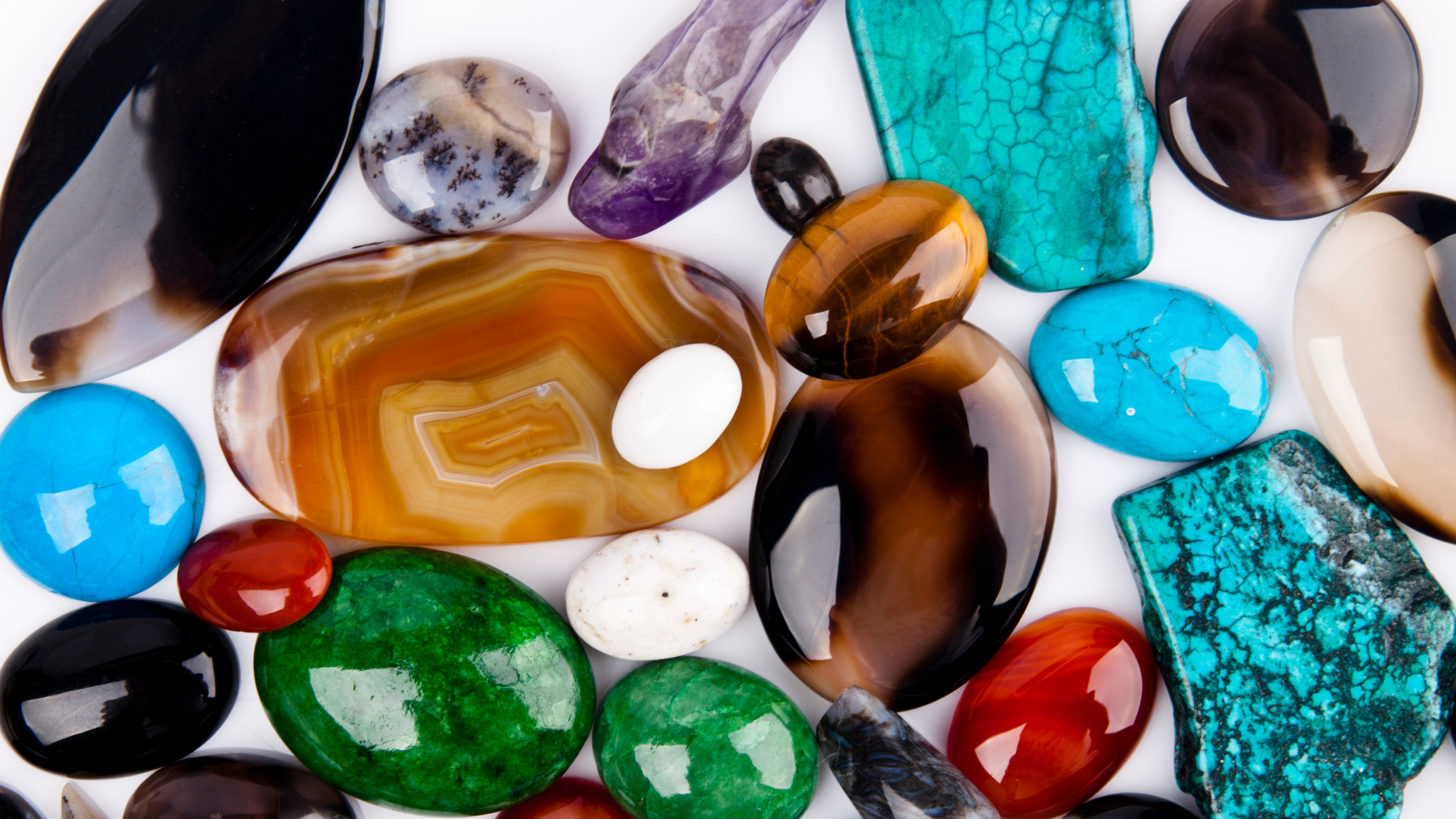
Hardness value doesnâ€'t only tell you how to use and protect your gemstone. It also determines its overall appeal in terms of polish and surface lustre. The harder the stone, the more lustrous it becomes after polishing.
Every gem has a distinct way of bending light (refraction) and bouncing it to your eye, which affects how you see the colours and patterns of your stone.
To highlight the stone's special optical properties, a lapidary cuts and polishes a gem carefully to create various facets and surfaces. They allow for the optimum entry of light through the gemstone, resulting in a greater appreciation of the gem.
Knowledge of the hardness of a stone gives a lapidary more control over the following:
- Speed of cutting and the type of polishing powder/abrasives to use
- How to minimize damage to the stone in the setting stage
- Identify the direction for faceting and polishing the gemstone
Tips in Caring for Your Gemstones and Jewelry

Whether you own or sell soft or hard stones, you can protect your collection by following these simple practices:
- Avoid mixing hard and soft stones together in one container. Place similar stones together in a velvet bag, compartmentalized cases/drawers, or glass cases.
- Donâ€'t wear your jewelry when youâ€'re doing something that may scratch or expose a stone to damaging substances.
- Make it a habit to clean your stones with mild soap, tap water, and a brush with soft bristles.
- Do not use an ultrasonic cleaner to clean organic gems (amber, ammolite, coral, jet, and pearl) as they are highly porous or absorbent. The heat in the ultrasonic machine and the chemicals in many cleaning products can damage the gems.
What if my gemstone is damaged? How can I repair it?
It depends on the type of your stone as well as the cut and extent of the damage. To get expert advice, have a lapidary or jewelry specialist assess the damage. Donâ€'t attempt to repair the stone on your own to avoid further damage!
Final Words
Gemstones are naturally charming and beautiful. You can enhance their appeal and even make them last for years by simply knowing their properties and taking care of them based on these properties.
If youâ€'d like to know more about the durability and wearability characteristics of your gems, reach out to the rock specialists at Stonebridge Imports. Send us a message!
Sources:
Clark, D. (n.d.). Gemstone Hardness and Wearability. International Gem Society. Accessed at https://www.gemsociety.org/article/hardness-and-wearability/#What_Does_Gemstone_Wearability_Mean?
Mohs Hardness Scale, Gemstone Durability and Jewellery Making. (n.d.). Kernowcraft.com. Accessed at https://www.kernowcraft.com/blog/gemstone-focus/mohs-hardness-scale-gemstone-durability-jewellery-making
More than the Mohs Scale – Understanding Gem Durability. (n.d.). 4cs.gia.edu. Accessed at https://4cs.gia.edu/en-us/blog/more-than-mohs-scale-gem-durability/
Ad Leverage. (2020, November 9). Understanding The Mohs Scale And Gemstone Durability. Jeweler's Touch. Accessed at https://www.jewelerstouch.com/blog-post/mohs-scale-and-gemstone-durability
Gemstone Hardness: Durable Gemstone List and Mohs scale examples. (2020, February 7). GemSelect. Accessed at https://www.gemselect.com/gem-info/gem-hardness-info.php
Gemstone Hardness. (n.d). Gemstone Buzz. Accessed at https://www.gemstonebuzz.com/education/gemstone-hardness/
Gem and Ultrasonic Cleaners. 4cs.gia.edu. Accessed at https://4cs.gia.edu/en-us/blog/gems-ultrasonic-cleaners/


